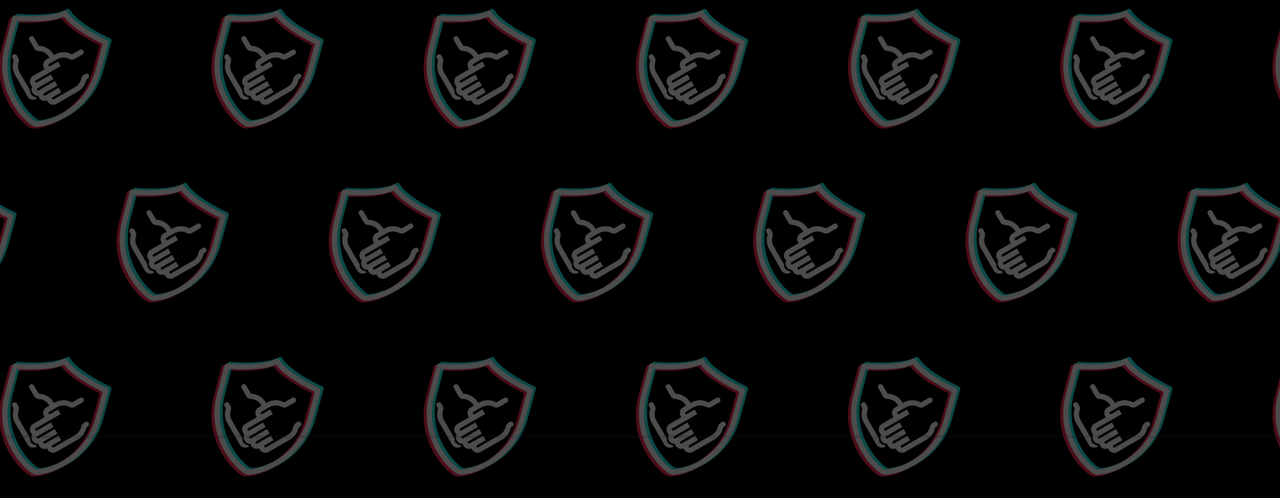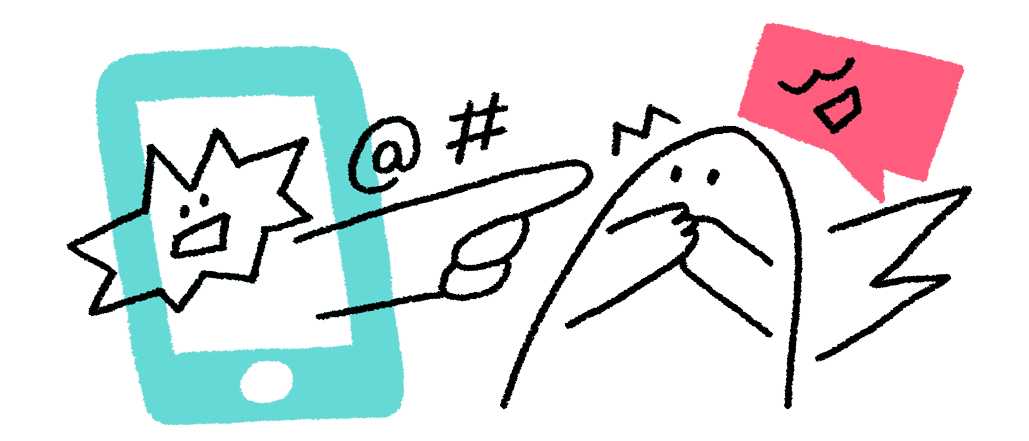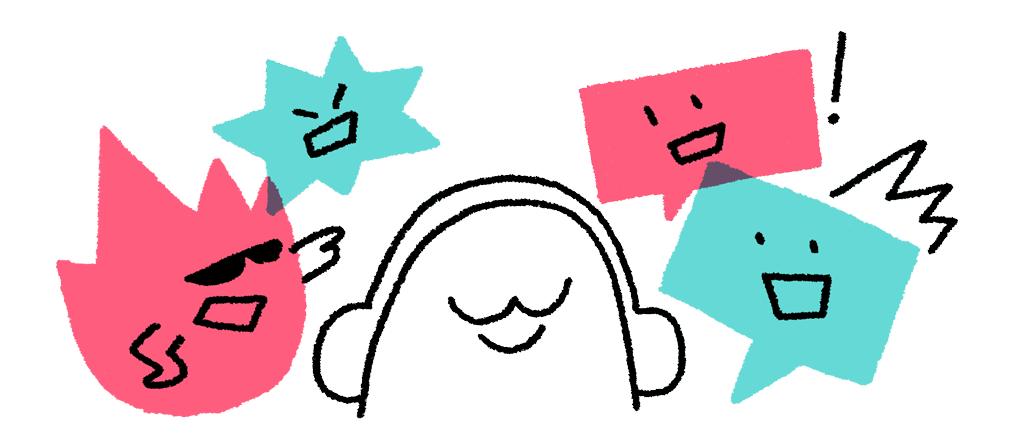Countering hate on TikTok

TikTok is home to a diverse and vibrant community where people from all backgrounds come together to find joy, inspire creativity, and express themselves. As indicated in our Community Guidelines, hateful behaviour is incompatible with TikTok’s creative and inclusive environment, and we are committed to continually improving how we protect our community.
What is hate speech?
Hate speech and hateful behaviour attack, threaten, dehumanise or degrade an individual or group based on their characteristics. These include characteristics like race, ethnicity, national origin, religion, caste, sexual orientation, sex, gender, gender identity, serious disease, disability and immigration status. Attacks not focused on the characteristics of an individual or group may be considered bullying or harassment.

Spotting hateful behaviour online
Hate speech can be conveyed through any form of expression, including images, cartoons, memes, objects, gestures and symbols, some of which won’t always be obvious. Academic research has identified some common themes common themes used by hateful groups to gain followers and spread their hateful message:

- The Other: the most common form of hate is taking a group and treating them as ‘The Other‘ – seeing them as completely different in behavior, values, and in some cases as less than human.
- Persecution and Victimhood: people and groups who spread hate often frame themselves and their group identity as victims, and blame ‘the Other‘ for problems in their lives and in society. This message is often used to justify exclusion or violence against ‘the Other‘.
- Statements of Inferiority: this form of hate often includes negative statements about moral, mental and physical deficiencies in a specific group of people.
Using these themes, hateful groups will then target their victims through a range of tactics:
| Direct negative attacks |
|
| Indirect negative attacks |
|
What do I do if I experience hate on TikTok?
Nobody deserves to be attacked for their identity. Being attacked for your identity can be hurtful and distressing, which is why TikTok does not tolerate these attacks on our platform. We encourage you to use the various safety tools on TikTok to decide who can interact with you or your content. Additionally, it might also be helpful to reach out to someone you trust so you can speak to them about your feelings and find support.
Regardless of whether you, or another community member is being attacked for their identity, you should report this to us. Your feedback helps us continuously review and improve our policies, systems and products. If the victim is someone you know, consider checking in with them so you can talk about what they might be going through.
You can also visit the United Nations #NoToHate resource page to learn more about hate speech and the impact it has on our society.
